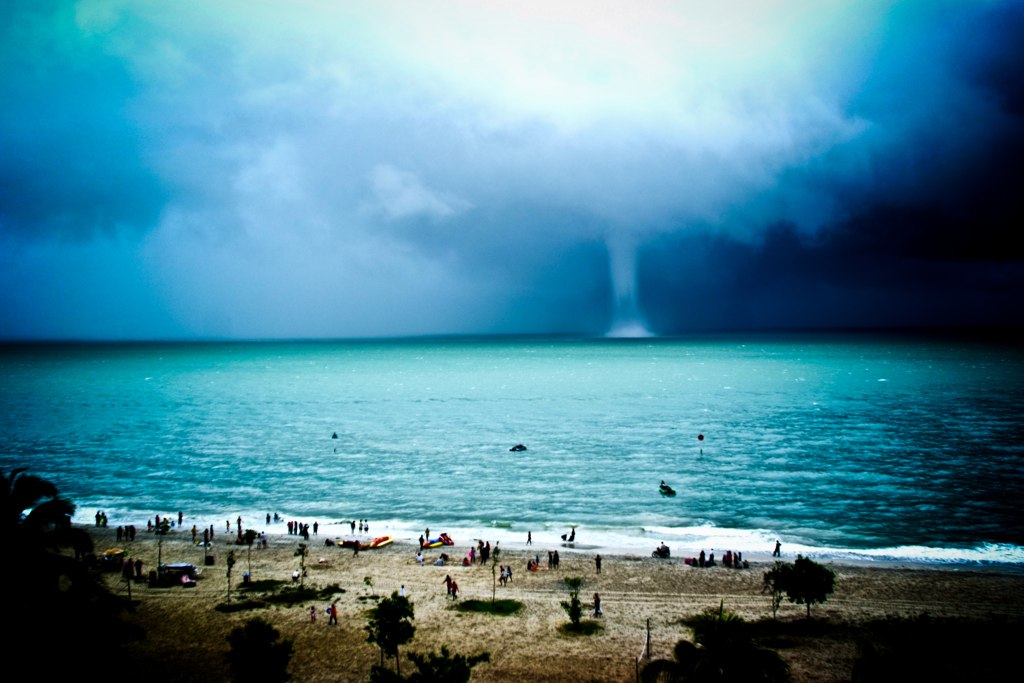

Sanderson often traveled from his New Jersey home to his New York apartment to visit friends and to appear on radio and television programs.ĭuring the 1950s and 1960s, Sanderson was widely published in such journals of popular adventure as True, Sports Afield, and Argosy, as well as in the 1940s in general-interest publications such as the Saturday Evening Post. Ivan Sanderson's Jungle Zoo was flooded out by the Delaware River during the floods caused by Hurricane Diane on August 19, 1955. A fire on the night of Tuesday or early morning hours of Wednesday, Februdestroyed his collection of 45 rare animals kept in a barn at his New Jersey home.

Sanderson also developed and deployed winter traveling exhibits of rare and unusual animals for sports shows and department stores. Then, in the spring of 1954, he established "Ivan Sanderson’s Jungle Zoo" (and Laboratory), a permanent, summer, roadside attraction near Manunka Chunk, White Township, Warren County, New Jersey. He refurbished and expanded moving 200 of his rarest animals to a barn nearby so he could keep close watch on them. Sanderson purchased in November 1952 the "Frederick Trench place" a 250-year-old farmhouse, outbuildings and 25 acres (100,000 m 2) of land a short ways from the ultimate location of the zoo between the communities of Columbia and Hainesburg. Schoenenberger suggested that, instead of "renting" animals, they should purchase and house them, and gain some additional income by displaying them in a zoo. ("Eddie") Schoenenberger, who by 1952 was his assistant (and ultimately partner) in his animal business. In 1950 at a meeting of the National Speleological Society, he met 20-year-old Edgar O.
#VILE VORTICES HISTORY CHANNEL DOCUMENTARY TV#
Sanderson's television appearances with animals led to what he termed his "animal business." Initially Sanderson borrowed or rented animals from zoos in the New York metropolitan area for his TV appearances. The Big Game Hunt featuring the films of Martin and Osa Johnson.
#VILE VORTICES HISTORY CHANNEL DOCUMENTARY SERIES#
Sanderson also provided the introduction for 12 episodes of the 1953 television wildlife series Osa Johnson's The Big Game Hunt a.k.a.

In 1951 he appeared with Patty Painter on the world's first regularly scheduled colour TV series, The World is Yours. In 1948 Sanderson began appearing on American radio and television, speaking as a naturalist and displaying animals. He also killed and dissected some while in the field.

He collected animals for museums and scientific institutions, and included detailed studies of their behaviors and environments. Sanderson's serious scientific work was published in scientific journals. Illustrated with Sanderson's drawings, they are accounts of his scientific expeditions, but they are addressed to a popular audience and include somewhat purple prose of the beauties of nature, as well as humorous anecdotes, some of which may be exaggerated. Sanderson published: Animal Treasure, a report of an expedition to the jungles of then- British West Africa Caribbean Treasure, an account of an expedition to Trinidad, Haiti, and Surinam, begun in late 1936 and ending in late 1938 and Living Treasure, an account of an expedition to Jamaica, British Honduras (now Belize) and the Yucatan. In the 1960s Sanderson lived in Knowlton Township in northwestern New Jersey before moving to Manhattan. Afterwards, Sanderson made New York his home and became a naturalized U.S. Sanderson conducted a number of expeditions as a teenager and young man into tropical areas in the 1920s and 1930s, gaining fame for his animal collecting as well as his popular writings on nature and travel.ĭuring World War II, Sanderson worked for British Naval Intelligence, in charge of counter-espionage against the Germans in the Caribbean, then for British Security Coordination, finally finishing out the war as a press agent in New York City. He became famous claiming to have seen an "olitiau" (a large cryptid bat) after being attacked by a creature he described as "the Granddaddy of all bats". Sanderson graduated BA Hons in zoology from Cambridge University faculty of Biology, a degree traditionally upgraded to MA (Cantab) in botany and ethnology after six years without further study. His father, who manufactured whisky professionally, was killed by a rhinoceros while assisting a documentary film crew in Kenya in 1925.Īs a teenager, Sanderson attended Eton College and at 17 years old began a yearlong trip around the world, spending most time in Asia.


 0 kommentar(er)
0 kommentar(er)
